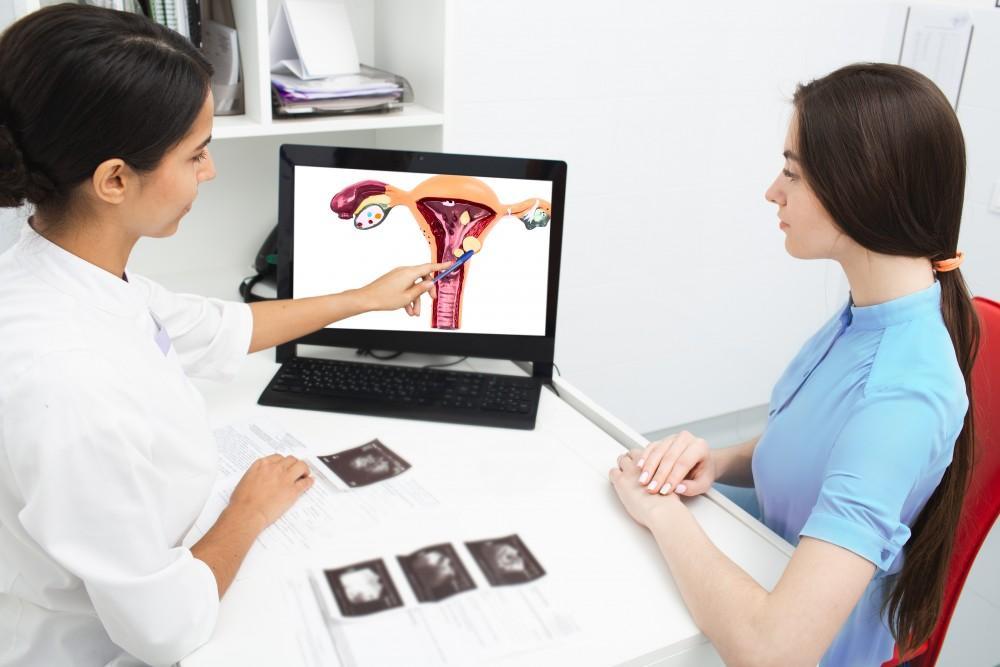
What to Expect From Your First 3D Mammogram
A mammogram is an X-ray of your breasts. It’s the best way to identify early...
Read MoreFertility awareness is a growing trend in women’s healthcare. It’s a method of family planning that puts you in control of if and when you get pregnant — and it doesn’t rely on hormonal birth control medication to do it.
Fertility awareness methods involve tracking your menstrual cycle and ovulation. It’s drug-free, but its effectiveness can vary. Depending on your family planning goals, you can use fertility awareness to increase or decrease your chances of getting pregnant.
At The Women's Center, our gynecologists work with women to find the best methods of birth control for their needs. If you’re curious about how fertility awareness works, read on.
Your menstrual cycle is the process that prepares your body for pregnancy. Fertility awareness methods involve learning your body’s cycle and identifying your most fertile days, then avoiding unprotected sex on those days to reduce your chances of getting pregnant.
Here’s how to get started:
The average menstrual cycle is 28 days long. It has four phases: your period, the follicular phase, ovulation, and the luteal phase.
New cycles always start on the first day of your menstrual period. Your period lasts anywhere from 2-7 days.
After your period ends, your hormone levels rise and the follicular phase begins. During the follicular phase, the lining of your uterus gets thicker to prepare for pregnancy.
Ovulation occurs about halfway through your menstrual cycle, usually around day 14. The days immediately before and after ovulation are considered your most fertile days. Your ovaries release an egg during this time, and if sperm reaches the egg, you could get pregnant.
The egg travels from your ovaries through your fallopian tubes and into your uterus during the luteal phase. If it was fertilized, it implants into your uterus and you get pregnant. If it wasn’t fertilized, you have your menstrual period and the cycle starts over.
Fertility awareness is a family planning method that centers on identifying when you ovulate, so you know when you’re most fertile. There are a few ways to track your fertility:
Your cervical mucus (vaginal discharge) increases and changes in consistency right before you ovulate. Observing your cervical mucus can help you determine when you’re most fertile.
Your body temperature rises slightly when you ovulate. Tracking your basal body temperature each morning before you get out of bed can help you identify changes that could indicate ovulation.
Tracking your menstrual cycle can also help you determine when you usually ovulate. For example, if your cycle is always between 26-32 days long, you could practice the standard days method and avoid unprotected sex on days 8-19, when you’re most fertile.
Consistently tracking your fertility signs helps you identify ovulation. Once you know when you’re ovulating, you can avoid unprotected sex on those days and reduce your chances of getting pregnant.
It’s important to remember that fertility awareness isn’t a guaranteed method of birth control. Sperm can stay alive up to five days inside your body, so you can get pregnant if you have unprotected sex about five days before ovulation.
Plus, there’s no way to identify when you ovulate with 100% certainty. Your cycle can vary from one month to the next, and some women have irregular periods that makes accurate cycle tracking impossible.
When used correctly, fertility awareness is anywhere from 77% to 98% effective to prevent pregnancy. You can increase the effectiveness of fertility awareness by using multiple tracking methods and working with a healthcare team that has experience with natural family planning.
Are you curious about fertility awareness methods? Our gynecology team can help you decide if this strategy is a good option for you. Contact us online or call the Orlando, Florida, area office nearest you to schedule an appointment.




A mammogram is an X-ray of your breasts. It’s the best way to identify early...
Read More
About 1 in 10 women has ovarian cysts. These small growths form on your ovaries,...
Read More
If you and your partner have decided you’re ready to start growing your family, you’re...
Read More